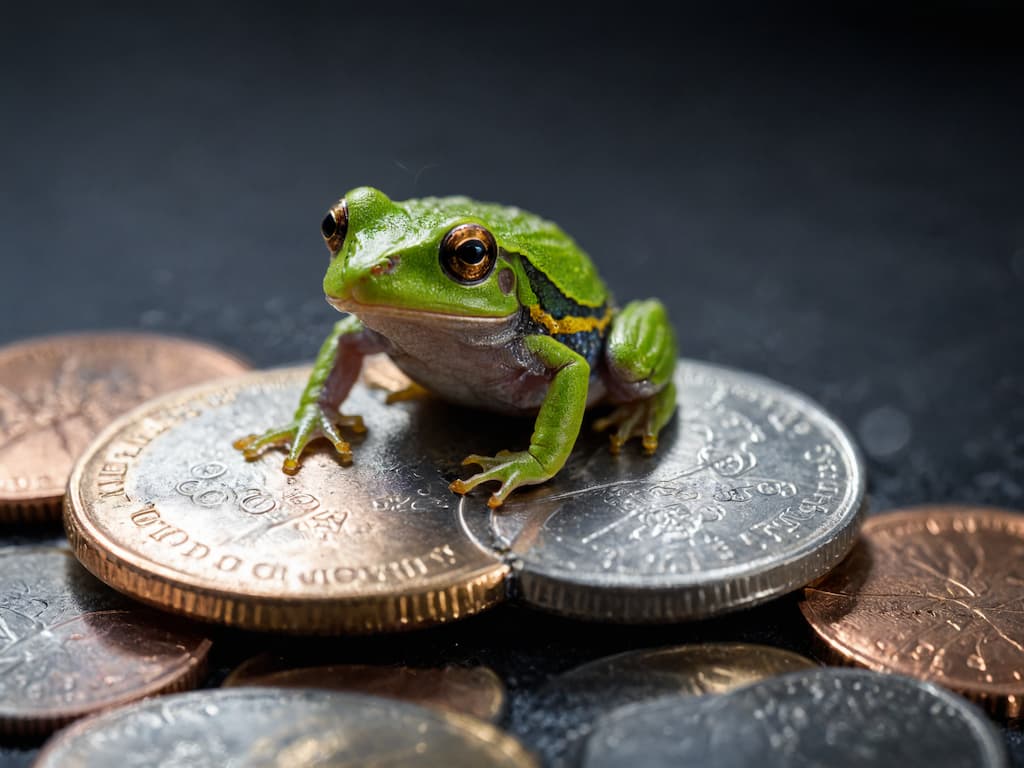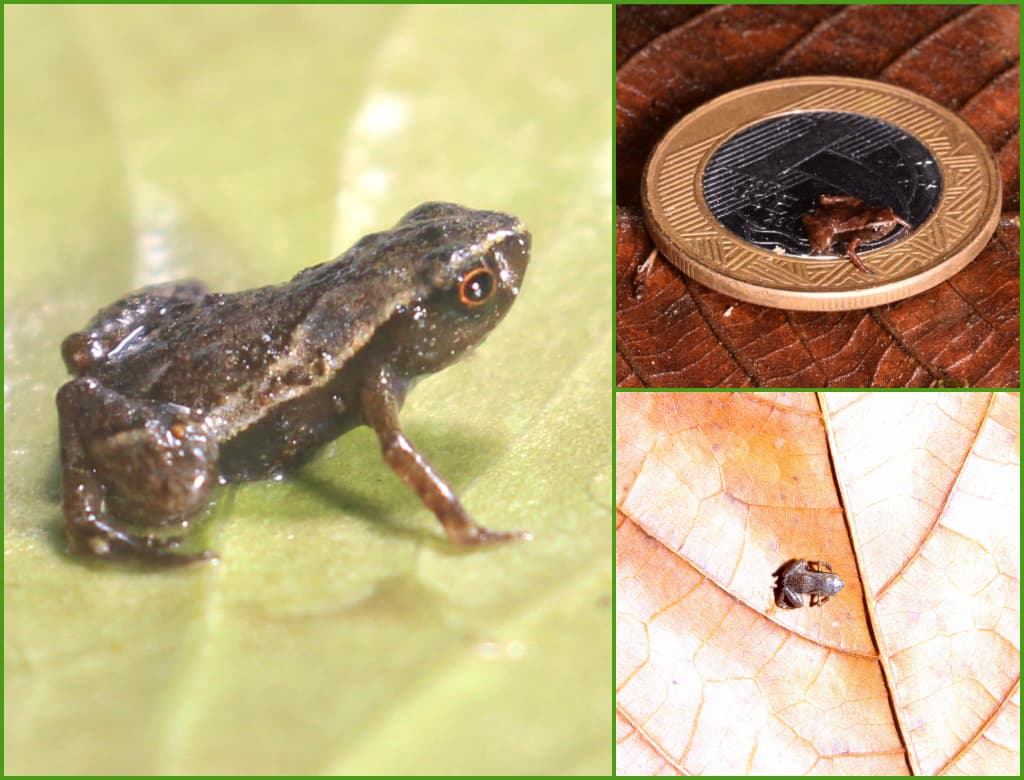In the vast mosaic of biodiversity, the flea frog emerges as a surprising phenomenon that challenges our conventional perceptions of size in the animal kingdom. And we usually direct our attention towards giant animals, fascinated by their imposingness and majesty. However, a recent find challenges our traditional perception by revealing the grandeur in the miniature “flea frog.”

Also known in Portuguese as “sapinho-flea”, this animal was crowned as the smallest amphibian in the world. This finding not only redefines our concepts of small, but also highlights life’s amazing ability to adapt to the tiniest scales.
The discovery of the smallest known amphibian.
A team of biologists from the State University of Santa Cruz (UESC), led by Wendy Bolaños, Iuri Ribeiro Dias and Mirco Solé, made this surprising discovery in two nature reserves in southern Bahia, Brazil. The flea toad, scientifically known as Brachycephalus pulexhas its habitat in the Serra Bonita Reserve and the Serra das Lontras National Park, places that now jealously protect the existence of this emblematic species.
The details about the flea toad are remarkably unique. With a size that does not exceed 6.45 millimeters in adult males, this tiny amphibian challenges our perception of scale in vertebrates. Previously, this title was held by an amphibian from Papua New Guinea, the Paedophryne amauensisa frog that barely measures 7.7 mm.
This discovery, published in the magazine Scripta Zoo, not only attracts attention because of its size. It also raises a red flag in terms of conservation. The IUCN (International Union for Conservation of Nature) warns that 40% of amphibian species they run risk of extinction, a reality from which the flea frog does not escape.
The flea frog: a giant in the microscopic realm.
Entering into the life of the flea frog, we encounter circumstances of considerable magnitude despite its tiny size. This species, endemic to Brazil, is found in two important natural reserves in southern Bahia, inhabiting the morro moles, where their life cycles are intertwined with the diverse climates of the region.


The flea frog (Brachycephalus pulex) is not only an object of interest to microfauna enthusiasts, but also raises critical questions for scientists and conservationists. The preservation of this amphibian is not only an ecological issue but also a point of national pride. It represents a jewel of Brazilian biodiversity that deserves all efforts to prevent its disappearance.
The research led by Bolaños and his colleagues at the UESC has determined that adult males of the species do not exceed 6.45 millimeters, establishing a new record in the animal kingdom. This peculiar discovery is a powerful reminder of the wide spectrum of life that inhabits our planet. However, the title of the smallest known amphibian comes with an alarming state of conservation.
The flea frog is already classified as an endangered species according to the IUCN red list.






